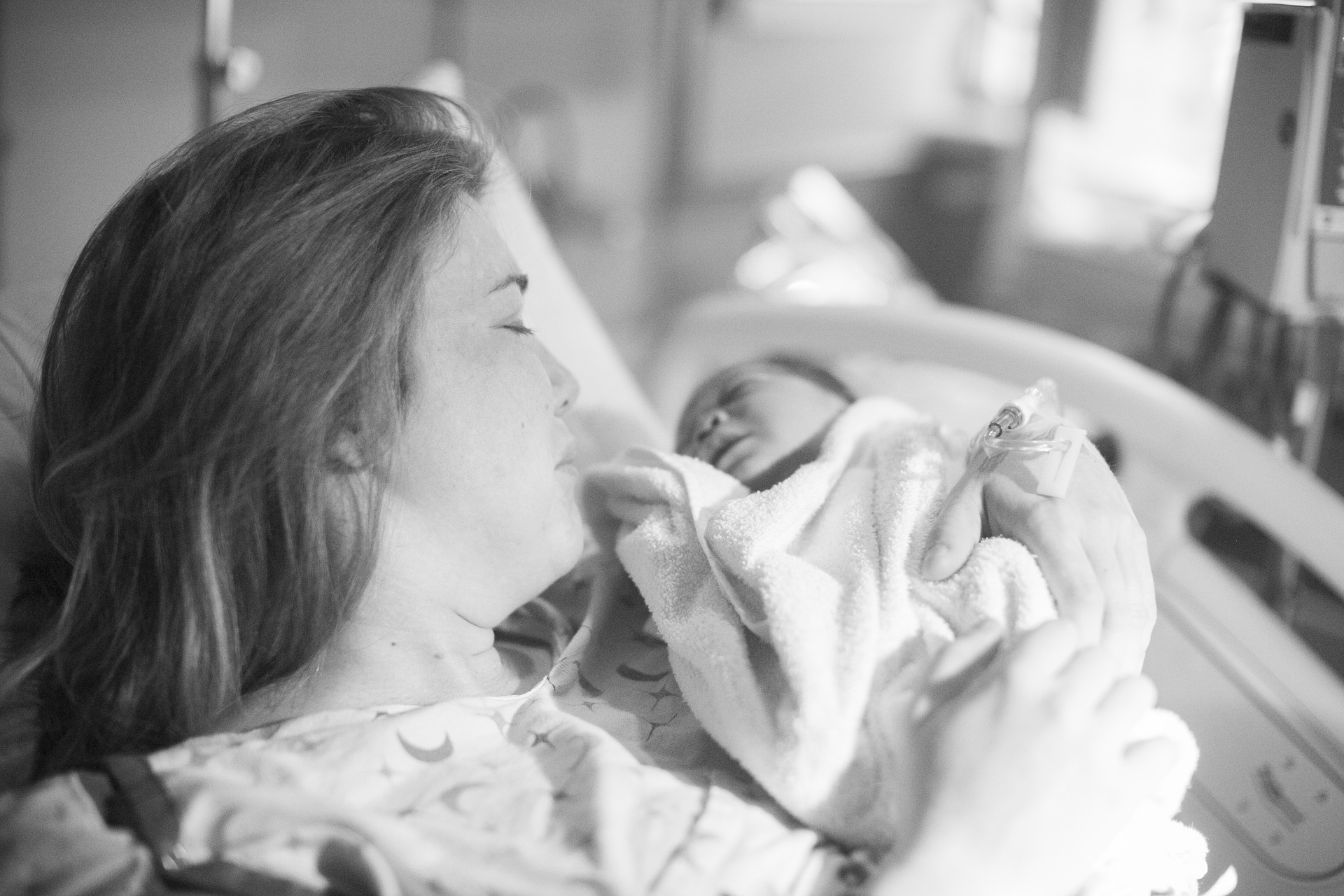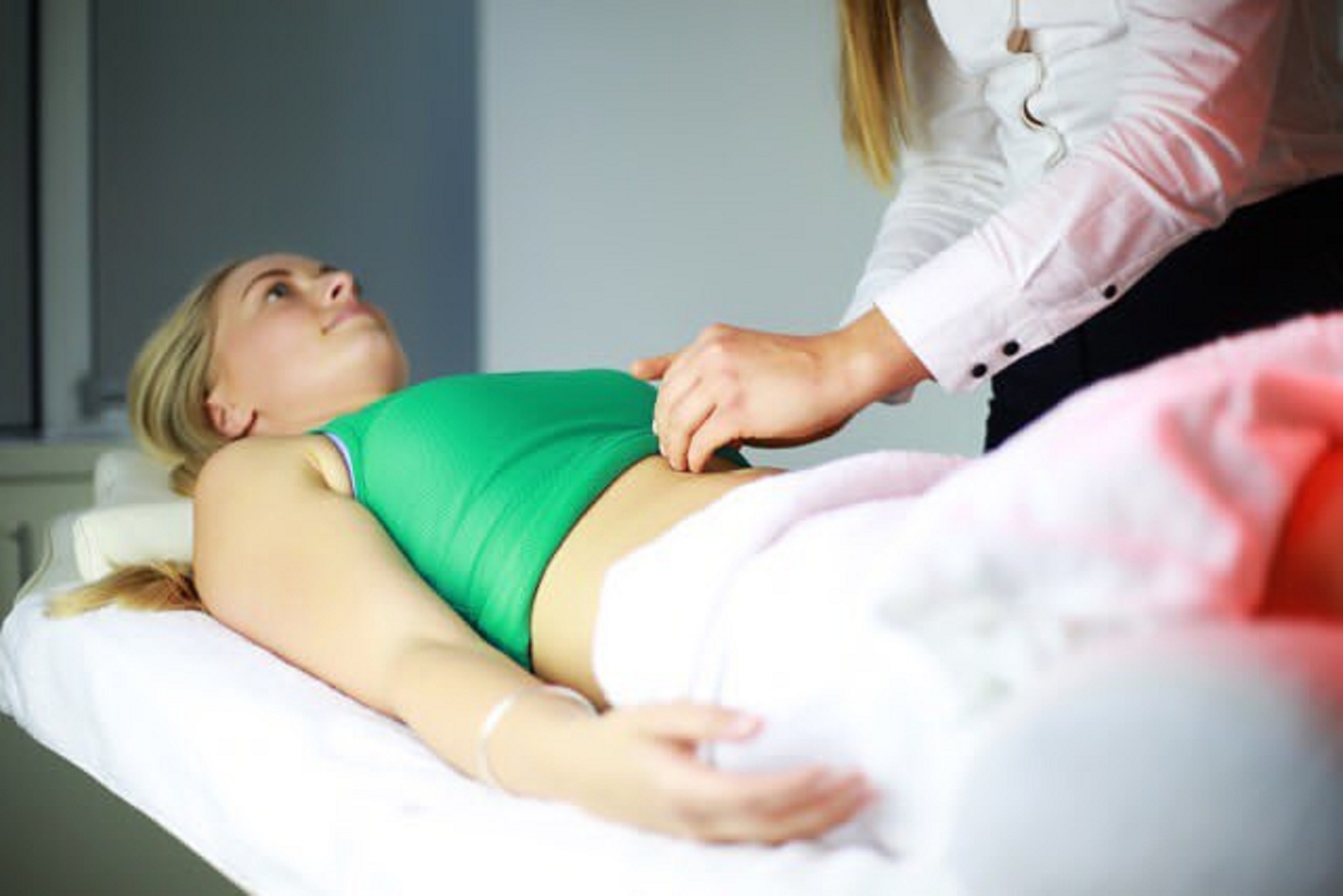Before talking about vaginal laxity, there are some factors that need to be explained. First, is important to say that the majority of the tissues that are found in the human body have a substance called collagen, which is responsible for giving elasticity and strength to these structures.
Secondly, the vagina is formed by some muscles that are highly elastic in nature, returning to their place after being pulled and released, just like a rubber does. But sometimes, due to different factors, these muscles, among other vaginal tissues, can lose their tightness and sensitivity, resulting in a medical condition known as vaginal laxity.
This is a pretty common problem that affects approximately 75% of women worldwide. Although vaginal laxity can cause decreased satisfaction during intercourse, most women take this problem as a normal part of life without knowing that nowadays, there are many options to improve vaginal elasticity and strength."
The Vaginal Laxity page answers the following questions:
1. What are the symptoms of vaginal laxity?
2. Which are the causes of vaginal laxity?
Vaginal Laxity
1. What are the symptoms of vaginal laxity?
Most of the symptoms that come with vaginal laxity are related to the woman´s sexual life. This is why they can have a normal life, even when they suffer from it. Women affected may have:
- A decreased sexual function and libido.
- Sounds produced by the expulsion of air during sex, exercises or some specific movements.
- Loss of vaginal lubrication.
- Problems to achieve orgasm during intercourse and lower sexual satisfaction.
2. Which are the causes of vaginal laxity?
There are many reasons why this condition occurs and while these causes may differ somewhat from woman to woman, the most common causes are ageing and childbirth.
The ageing process affects everyone's body. The loss of collagen fibres makes the skin and other tissues thinner. Of course, vaginal tissues are also affected by this. Another consequence of ageing is menopause, which is a phase where oestrogen production diminishes. This hormone is related to the growth, maintenance, and repair of the vaginal tissues.
Pregnancy and childbirth can drastically change a woman's body. It does not matter if a woman has had natural labour or a cesarean section, the pressure of the pregnancy will affect the pelvic muscles and the vaginal tissues.
Also, collagen levels can change during pregnancy due to placental hormones, affecting all the tissues. Is important to mention that women in their first pregnancy usually recover their vaginal strength from 6 to 12 months after childbirth, but this is usually lost in multiparous (giving birth more than once).
3. How is vaginal laxity diagnosed?
It is important to know that there is not a specific way or test to diagnose vaginal laxity. The diagnosis is basically made by the doctor through taking a history and genital physical exam. Having done this, the doctor will recommend treatment.
4. What treatments are available for vaginal laxity?
IntimaLase® is a unique, Er:YAG laser therapy for incisionless, non-invasive photothermal tightening of the vaginal canal. Clinical studies have shown that IntimaLase is an efficient, easy-to-perform, and safe procedure.





















































